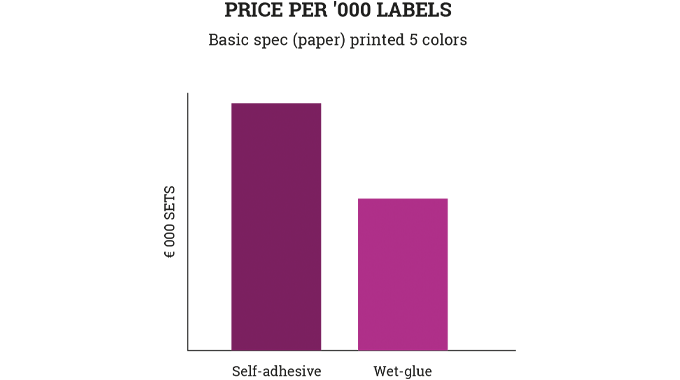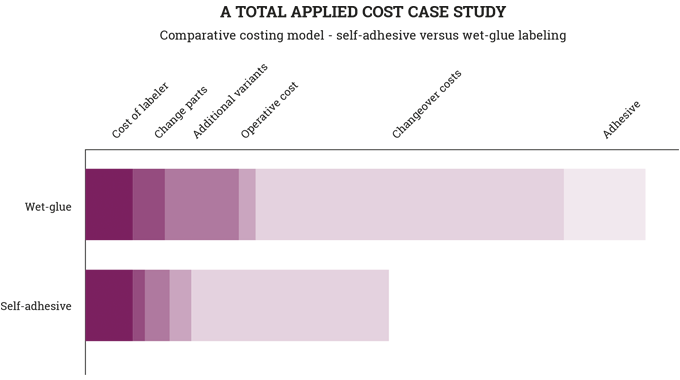★You are viewing this content as a subscriber
★Subscribers only
Product decoration technologies: total applied cost
There are many systems and methods that can be employed to decorate a pack or product
There are many systems and methods that can be employed to decorate a pack or product.
In some cases there may be overwhelming reasons why one decoration is selected over another, but inevitably an assessment of costs will form an important part of the decision making process.
Stay up to date
Subscribe to the free Label News newsletter and receive the latest content every week. We'll never share your email address.


